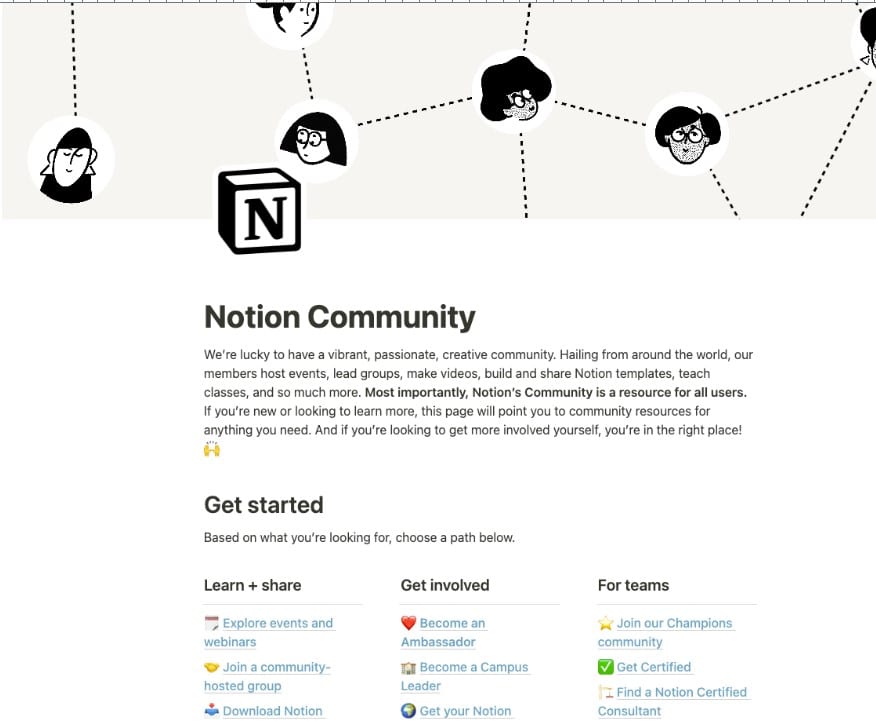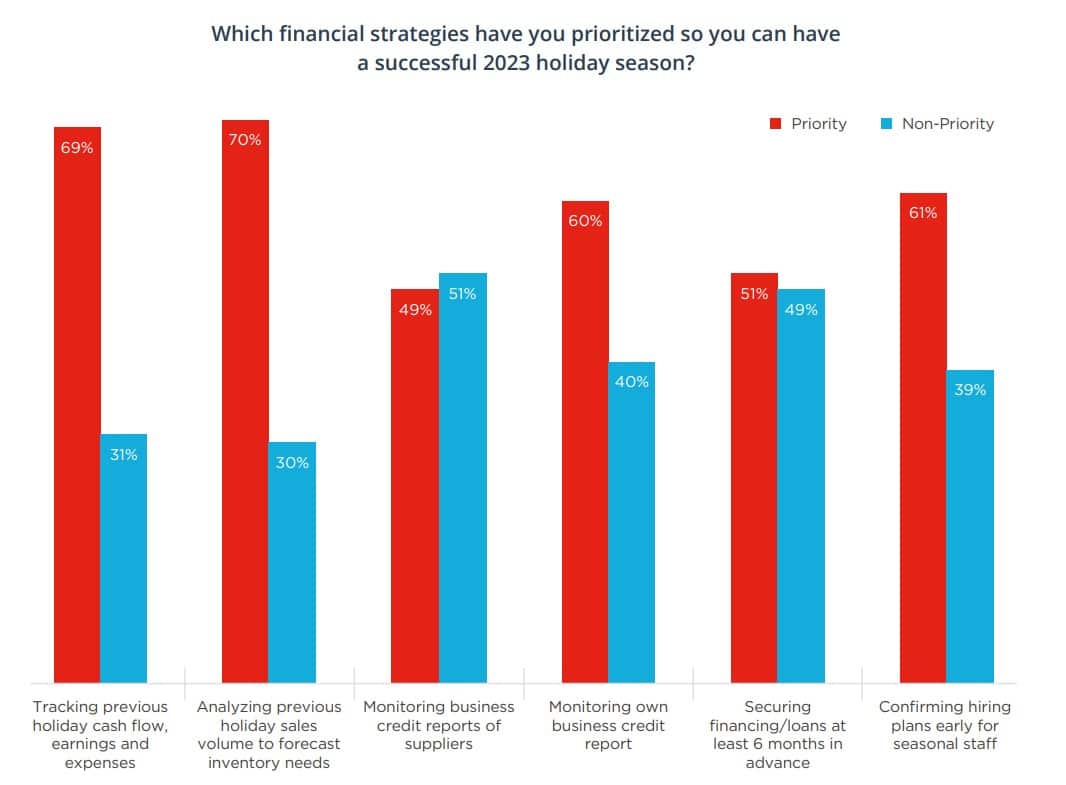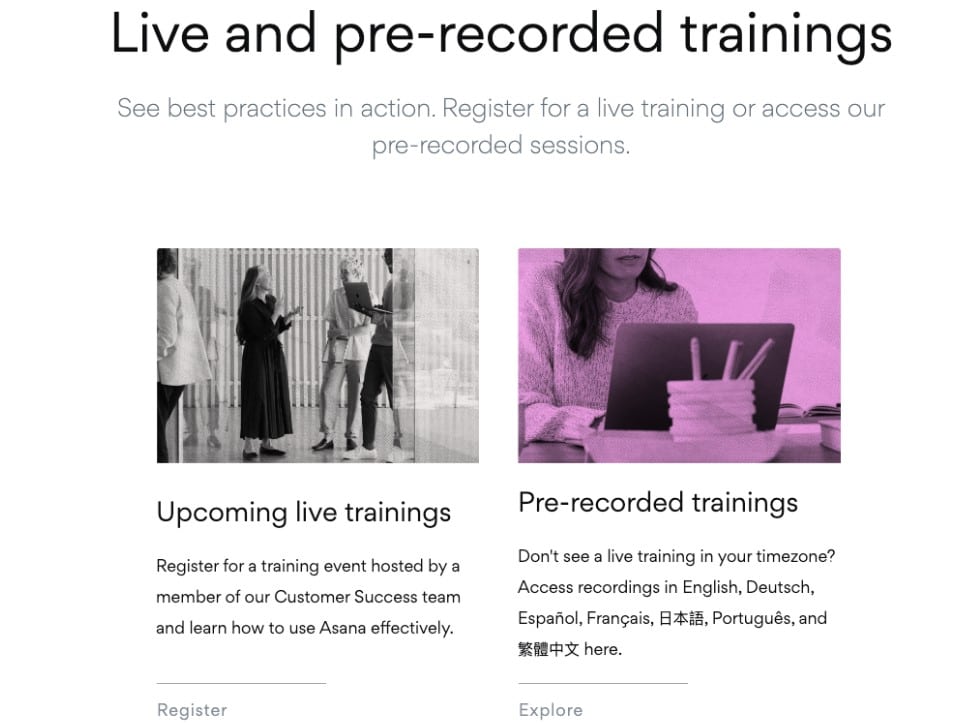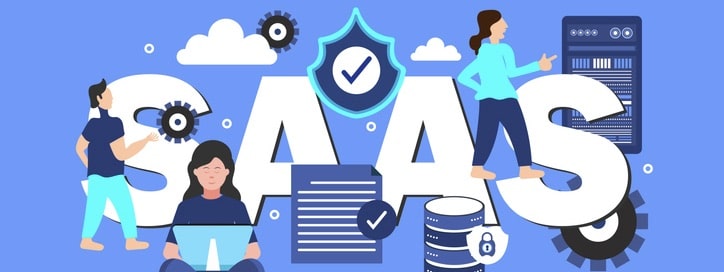In the bustling SaaS arena, new tools pop up every day, and yesterday’s strategies become today’s afterthoughts. It’s not just about having a stellar software solution anymore.
The real game? Ensuring your marketing strategy evolves faster than the competition. And for that, you need more than just tactics; you need an ear to the ground. Let’s dig into the current SaaS marketing trends, understanding what works, what doesn’t, and how to truly make a mark.
Personalization and customization
As SaaS companies grow, they’re increasingly recognizing the importance of tailoring their messages. Gone are the days of one-size-fits-all marketing campaigns. Now, it’s about understanding what each segment of your audience needs and delivering a message that resonates.
This extends beyond just email marketing; it’s about customizing the entire user experience, from onboarding to the user interface.
Account-based marketing (ABM)
ABM isn’t new, but its adoption in the SaaS sector is growing at an unprecedented rate. Instead of casting a wide net and hoping to catch a few big fish, ABM focuses on identifying high-value prospects and tailoring bespoke marketing strategies to them.
This highly targeted approach can result in better ROI and deeper customer relationships.
For example, Adobe identified specific organizations they wanted to target. Instead of general ads, they created custom campaigns for each organization, highlighting how Adobe solutions could address that particular company’s challenges.
AI and machine learning
Artificial intelligence isn’t just for product features; it’s making a big splash in marketing as well. From chatbots providing 24/7 customer service to predictive analytics helping shape marketing strategies, AI can automate and optimize many aspects of SaaS marketing, leading to greater efficiency and more personalized user experiences.
For instance, HubSpot uses AI to suggest the best times to send out emails, increasing the chances of those emails being opened and read based on the recipient’s past behavior.
Voice search optimization
With the widespread adoption of smart speakers like Amazon’s Echo and Google Home, voice search is no longer a mere novelty—it’s a necessity. These devices are changing the way people access information, demanding a shift from traditional typed-out queries to more natural, conversational language. Imagine a startup founder asking, “What’s the best tool to manage my team?”
To capture such queries, content marketing needs to be less rigid and more aligned with everyday speech patterns.
For instance, Salesforce, understanding this paradigm shift, optimized its blog content to answer questions commonly asked via voice search. They don’t just target keywords; they address questions like, “How can CRM improve customer relationships?” providing direct and relevant solutions.
Video marketing
The statistics around video consumption are staggering. YouTube reports over 2.7 billion logged-in monthly users, and other platforms like Vimeo or Wistia are also seeing significant growth.
For SaaS businesses, this represents an enormous opportunity. Videos have the unparalleled ability to convey complex information simply, visually, and engagingly.
Take HubSpot, for example. They produce a myriad of videos, ranging from product demos to customer testimonials and even animated explainers on inbound marketing. These videos don’t just market the product; they enrich the viewer’s understanding, fostering a deeper brand connection.
Content that educates
The modern SaaS customer is discerning and often does extensive research before making a decision. As a result, SaaS companies are focusing on creating high-quality, educational content that establishes them as thought leaders in their space. This could be in the form of blogs, e-books, or even online courses.
Educated customers are also less likely to abandon a service midway. When they grasp the full capabilities of a SaaS product through informative content, they’re more inclined to extract maximum value from it.
Before writing content, it’s crucial to understand who you’re writing for. Creating customer personas can aid in tailoring content to address specific pain points and needs.
After publishing, gather feedback from your audience. Understand what resonated and what didn’t, and then refine your content strategy accordingly.
End your blogs and e-books with a call to action, encouraging readers to share, comment, or engage with your content. This can increase reach and establish a stronger connection with your audience.
Community building
In today’s digital age, community is the new currency. A strong, engaged user community not only aids retention but also acts as a powerful organic marketing tool.
Take the example of Discord. Originally built for gamers, it quickly expanded as a community platform for all sorts of groups. SaaS products, recognizing the potential, are creating dedicated spaces for users.
Notion, for instance, doesn’t just offer a productivity tool. They’ve cultivated spaces where users share templates, discuss workflow optimizations, and even run workshops. It’s not just about the software—it’s about belonging to a group of like-minded individuals.

Expansion of affiliate marketing
As the SaaS landscape gets more saturated, affiliate marketing is seeing a resurgence. By leveraging partners who can promote your product to their audience, SaaS companies can tap into new networks and boost their reach without an astronomical advertising spend.
ConvertKit, an email marketing tool, offers a lucrative affiliate program, incentivizing bloggers and influencers to spread the word.

Emphasis on customer success
It’s no longer enough to just acquire customers; retaining them is where the real challenge lies. By putting an emphasis on customer success, not only can SaaS companies reduce churn, but they can also turn existing customers into brand advocates. This means more in-depth onboarding processes, regular check-ins, and ensuring that customers are getting the maximum value out of the product.
Asana, a task management tool, regularly checks in with users via email, offering webinars, tips, and resources to ensure they’re getting the most from the platform.

Micro-moments and journey mapping
With the ever-decreasing attention span of users, capturing micro-moments—those instances when users turn to their devices for quick answers—is crucial.
By understanding and mapping out the user’s journey, SaaS marketers can anticipate these moments and ensure that their brand is front and center when these micro-moments occur. It can help create better storytelling for the brand that aligns with the customer’s journey.
Mobile optimization
Even in the B2B SaaS world, mobile can’t be ignored. Whether it’s ensuring that your website is mobile-friendly or that your application has a seamless mobile experience, catering to users on-the-go is more important than ever.
Interactive content
Interactive content like quizzes, polls, or interactive infographics can be a great way to engage potential customers. Not only does this type of content boost engagement, but it can also provide valuable insights into your audience’s needs and preferences.
These act as starter content when you’re considering doing PR or pitching journalists about your unique insights.
As an example, Shopify frequently releases comprehensive guides and tutorials on e-commerce, establishing themselves as an educational pillar in their industry.
Integrating social proof
In a world filled with options, potential customers often look to others for recommendations. Integrating social proof—be it through testimonials, case studies, or user reviews—can go a long way in building trust and credibility.
This phenomenon is deeply rooted in our psychology; humans naturally tend to mimic and trust the actions and choices of the majority.
Leveraging this tendency, SaaS companies can highlight the positive experiences of their existing users. Featuring real-life success stories, showcasing logos of prominent clients, or displaying real-time user count can further amplify trust.
In essence, when potential customers see others vouching for a product, they’re more inclined to consider it reliable and worthy of their investment.
Final thoughts
Navigating the SaaS marketing world is like navigating a maze that changes every day. Instead of just absorbing trends, why not be a part of shaping them? Start a conversation with your team today: which of these trends resonate most with your product? Where do you see the next big shift coming from? In this rapidly changing landscape, being proactive, rather than reactive, might just be your winning ticket.








